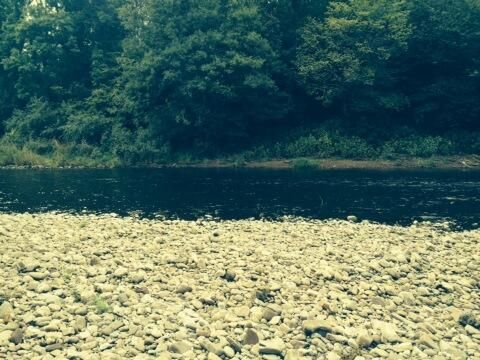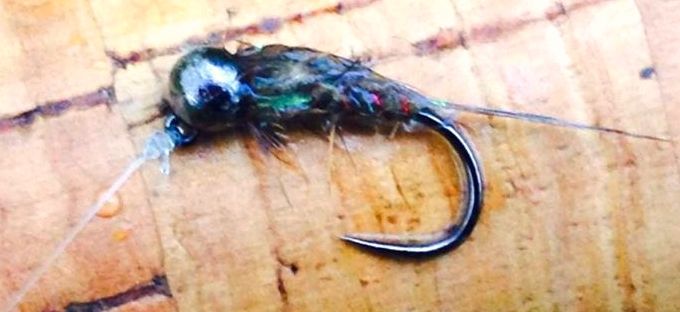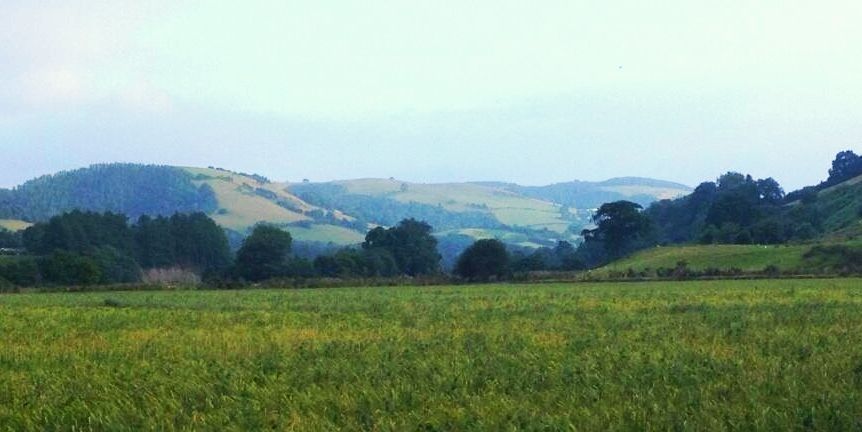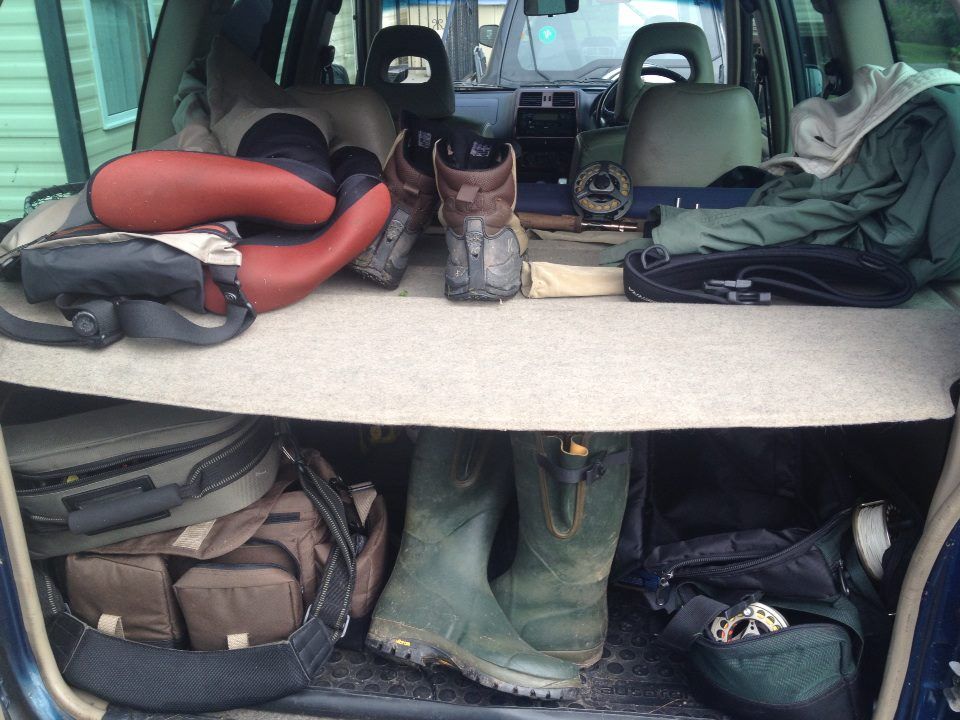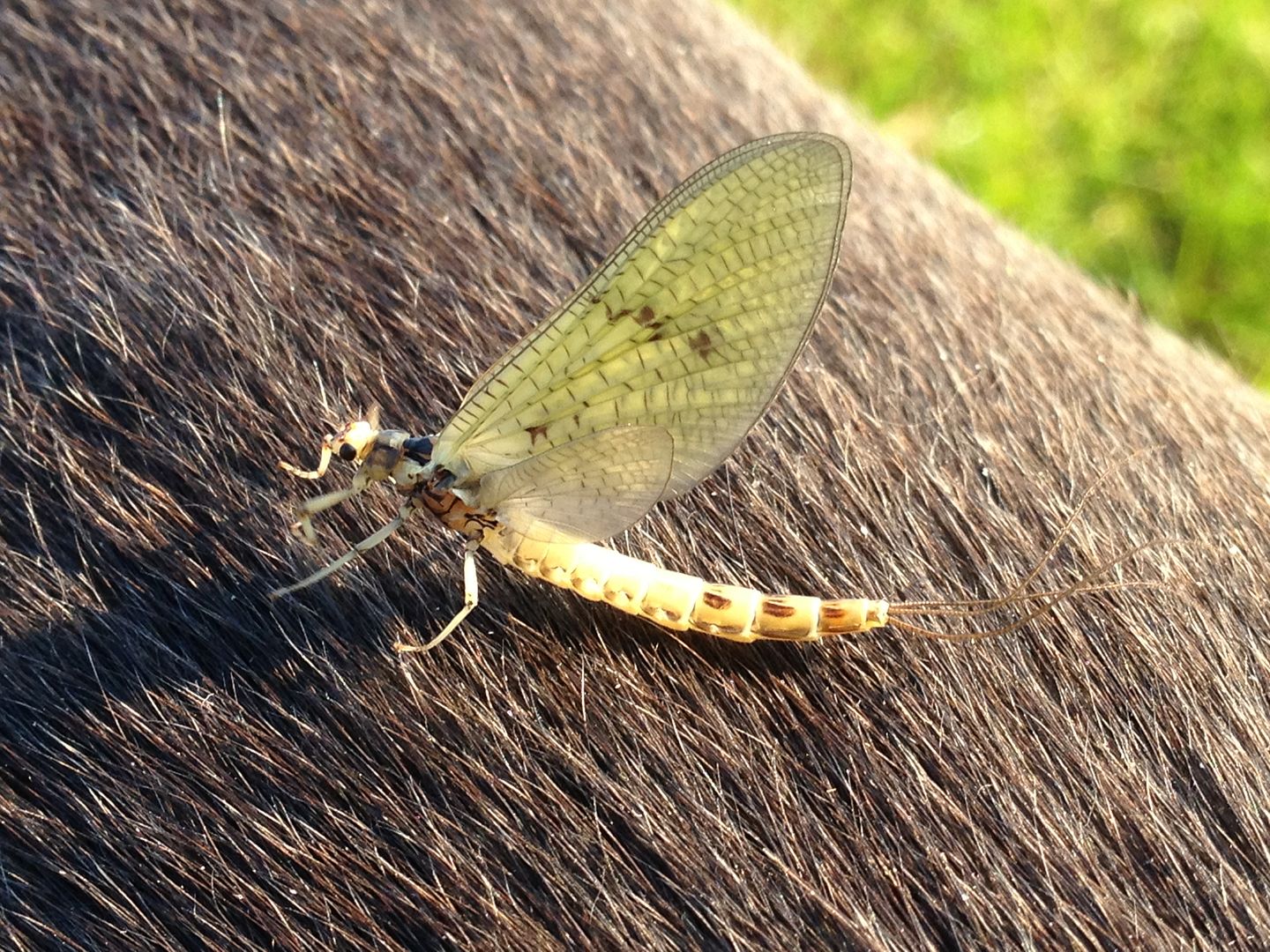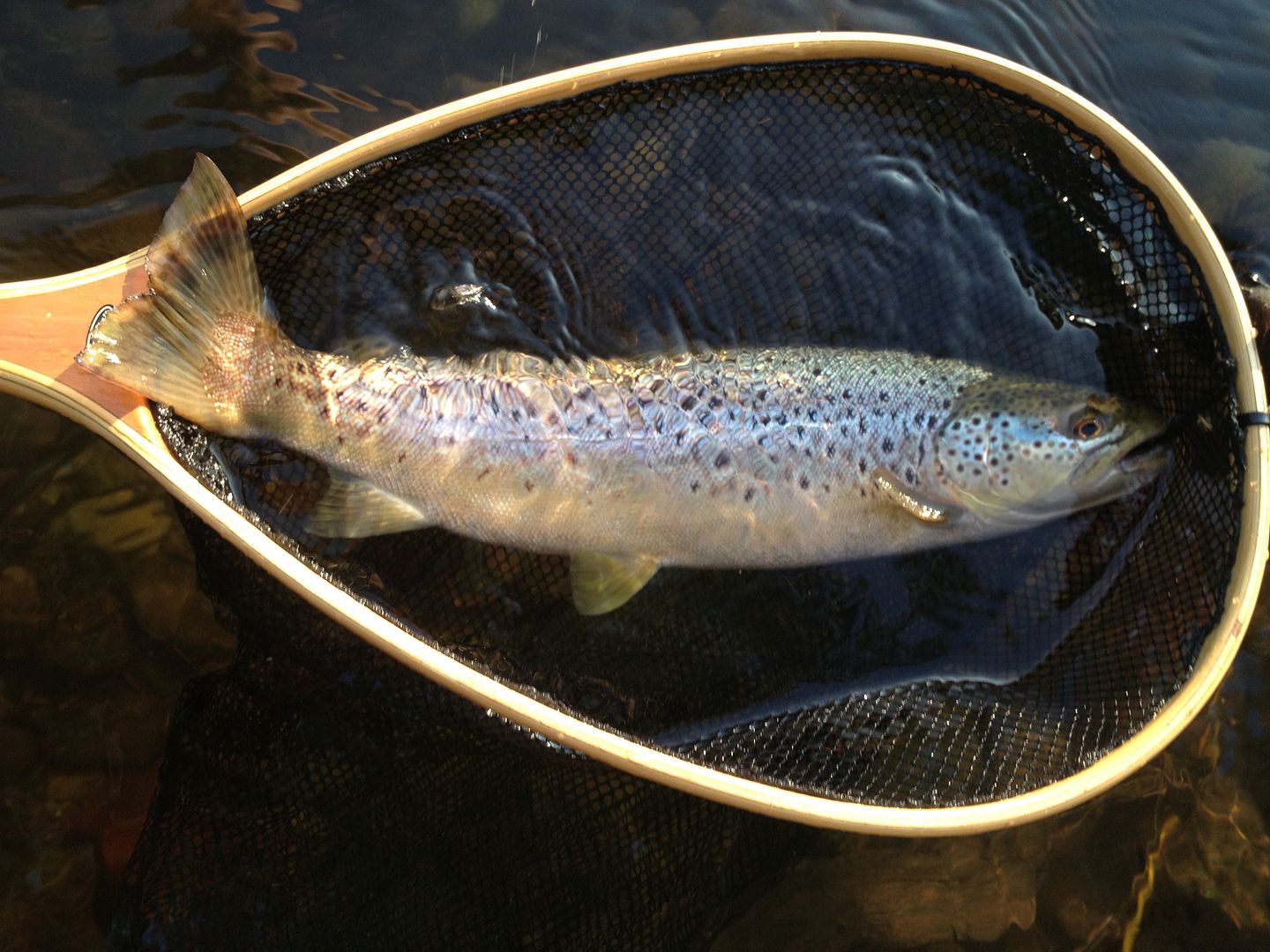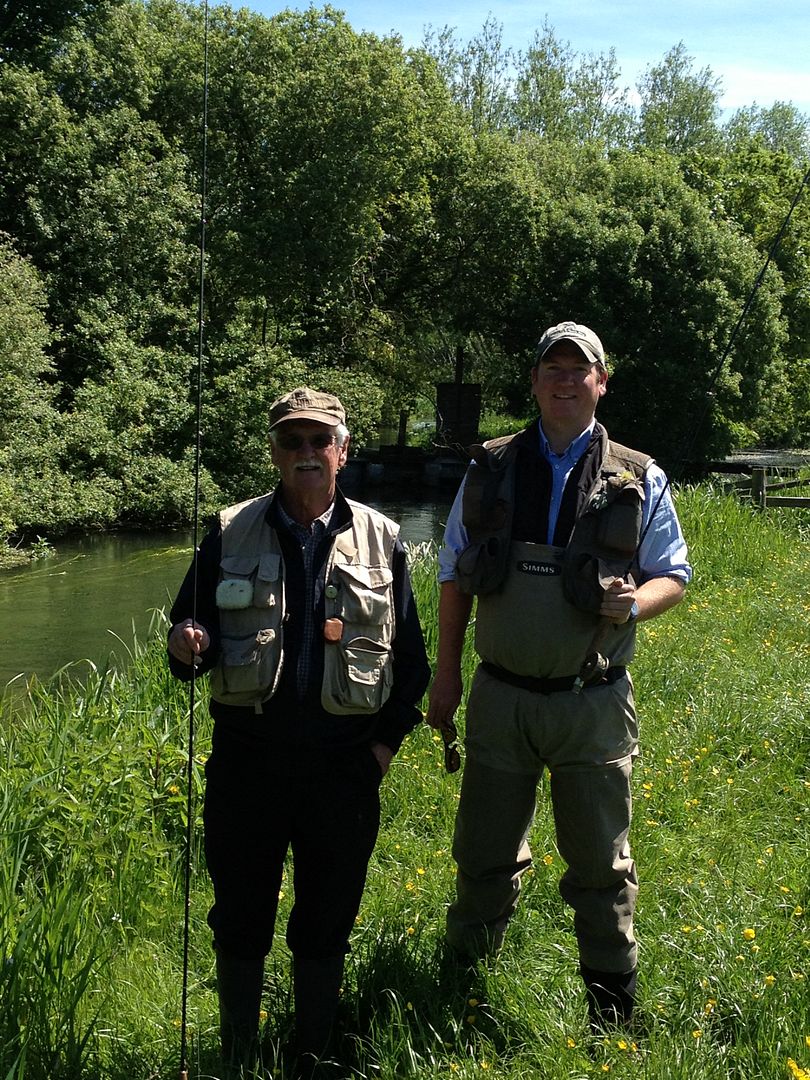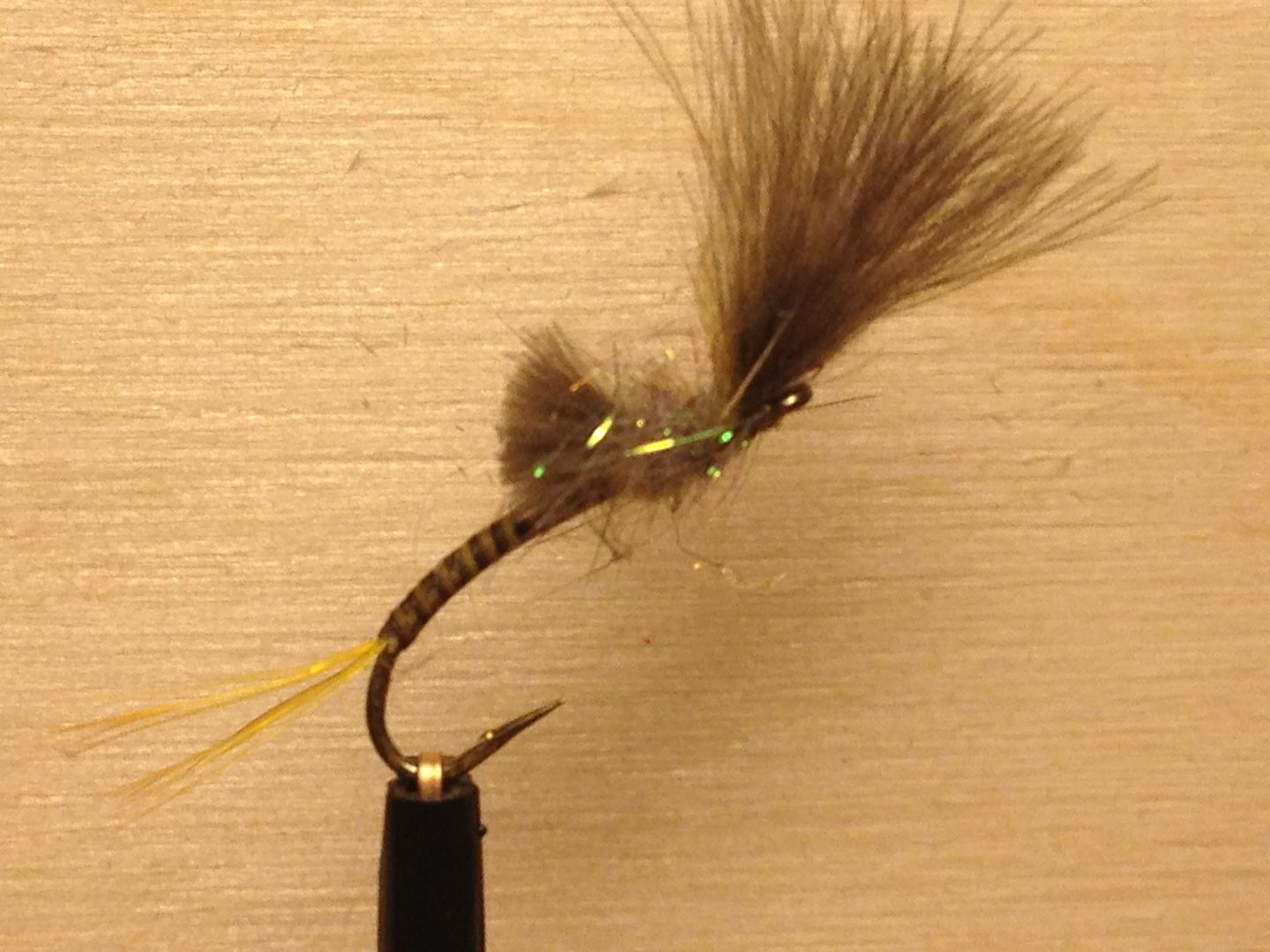Previously on Thymallus thymallus...
I have fished for river trout on the upper Taff since I was a small boy but, until a few years ago, I had not caught a Taff grayling as they only inhabit the lower river.I enjoy fishing gentlemen's hours on the urban river in winter; it's convenient (within 40 minutes drive), cheap (£10 buys a ticket for Ospreys Fly Fishers Association water), the fishing can be top drawer (there is a large grayling population with a good number of fish over 2lb) and many of the friends that I meet on the river are proper fisherman and great company.
 |
| Landing a Taff grayling |
The fish pictured below was one of largest Taff grayling I caught last season. It was captured in a heavily populated area and, upon landing, I received a hearty round of applause from spectators positioned on a nearby bridge. One of the onlookers, a small boy, clearly concerned for my safety shouted, 'Mr there's a f***ing shark behind you!'.
 |
| One from last season |
This fish was caught on the pattern below. It worked very well for my friends and I last winter, proving a successful point fly on a number of Welsh rivers and English chalk streams.
Hook: Hannak grub hook - 12, 14 or 16
Bead: Metallic pink - 3mm or 3.5mm
Underbody: Medium lead wire - few turns glued behind bead
Body: Dark hare's mask
Rib: Red or pink wire
Thorax: Ice dub - UV shrimp pink
Cabin Fever, November 2013
It was a sunny November Sunday morning and it hadn't rained for three days. The local rivers had been unfishable for over a month and I was suffering from cabin fever. I'd been tying for weeks and was itching to wet a few new patters.
Not my usual tipple
Upon checking, I noted that the river had dropped to 0.9m at Upper Boat Bridge . The safe level is around 0.7m, but as I was desperate to fish I texted my mate Dan Popp...
Terry was the first to catch. I was stood on the bank above him and saw the fish glint as he set the hook of his red tag HE nymph variant in the slightly coloured water. It put up a strong showing but Terry has had plenty of practice.
Terry with a pristine grayling
As we moved up river we caught several out of season trout (to 1.5lb) and a few small grayling, but did more talking than fishing. At one point I was talking and laughing hard at the end of a cast and, as my body shook, the fly bounced downstream of me and tempted a small grayling. That was not to be the last fish I caught jigging nymphs that afternoon.
Dan Popp into a fish in the coloured water
After a bit of free climbing, and some very difficult wading, we ended up at a pool that was large enough to accommodate the three of us. In the swollen river we knew that some grayling would be close in and so, initially, elected not to wade. I was using a pink butted silver bead hare's mask nymph on the dropper and a pink metallic beaded bug on the point.
I flicked my nymphs upstream, just beyond a weed bed on a line where the current slowed. As the point fly reached the maximum depth, my indicator stopped and I connected with the lady below. Both flies were heavily weighted and this made the difference, ensuring they presented at the required speed in the faster than usual flow.

Nicely conditioned lady
Once we had covered the lies close in, I waded into the river to fish another band of slower current. I varied my casts to cover the water and change the speed of the flies. Nothing took, but as previous experience had shown this to be a productive spot, I persevered.
Again I cast upstream and slowly led my flies. When directly opposite me, I raised and dipped the rod slightly, repeating as the flies moved with the current. On the second or third rise the fish below hooked itself and put up an arm-aching attritional scrap.

Pleased it's in the net
This chunky fish had taken the dropper and was my largest of the day.

Thick Taff two pounder
I left the water concluding that, given the conditions, we'd done well, with the quality of the fish more than making up for the relatively low number. Also, I'd had a great laugh with Dan and Terry and managed to steal a look at a few new flies.
Something for the weekend
This weekend my friends David, Dave and Morgan are coming to stay. On Saturday we are booked to fish Doldowlod on the Upper Wye and later intend to watch Wales play Australia at rugby (in the pub). On Sunday Dave, Morgan and I will (slowly) fish the Taff. David remembers the Taff as an industrial gutter and is going to 'give it a miss'.I can't guarantee grayling, but can guarantee more good humour and a few beers.
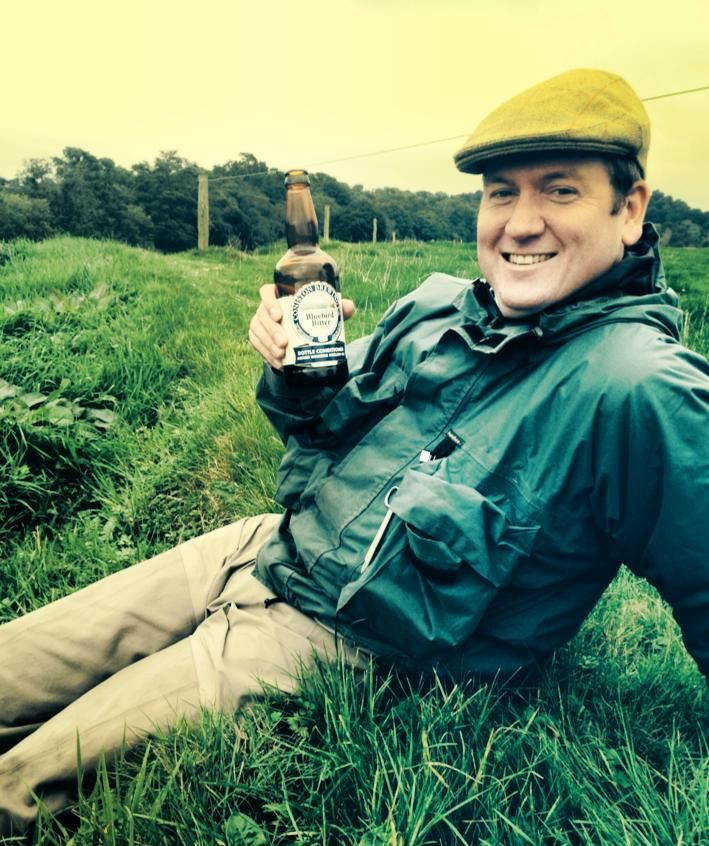
Morgan - elegantly wasted

Morgan - elegantly wasted





